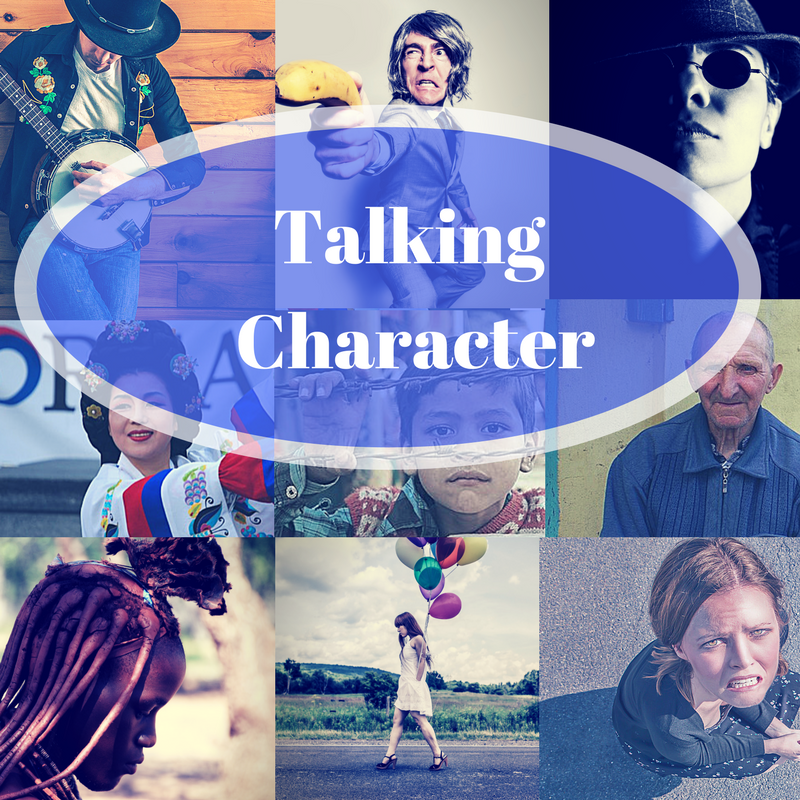
Details, Details: How to Write a Rich Setting for Your Story
It’s incredibly exciting to have a new story idea. The characters develop in our mind and seem to be…
December 27, 2022
It’s incredibly exciting to have a new story idea. The characters develop in our mind and seem to be…
December 27, 2022
How do you know if you’ve written a young adult novel or an adult coming of age? What about…
September 27, 2022
Time travel is a stable in science fiction. Countless books, comics, movies, and TV shows have used it as…
September 7, 2021
The story setting in literature describes the where and when of a character and action. The setting of a…
April 25, 2021
The short answer is YES! While falling in love can happen anywhere, the choice of your setting sets a…
January 23, 2021
Some writers are blessed with a vivid visual imagination. Just by willing it, they can render scenes in their…
October 13, 2020
It’s not always easy creating a whole world from scratch. Amy C. Blake agreed to give a few words…
August 27, 2020
Have you ever walked into someone’s house as a first-time dinner guest and felt out of place? Ten other…
July 7, 2020
As we continue this editing series how we can develop a great story, I hope you’re able to see…
May 24, 2020
When I first visited upstate New York several years ago, I kept getting the feeling I’d been there before,…
May 23, 2020
There’s something immersive about opening a fantasy or sci-fi book and feeling like there were hundreds of pages of…
April 7, 2020
Margaret Atwood is well-known for her novel The Handmaid’s Tale, a dystopian first published in 1985. Her novel covers…
March 7, 2020
If you’re like most writers, worldbuilding feels like the province of sci-fi and fantasy authors alone. Sure, it’s crucial…
February 13, 2020
It takes a spell-binding plot and evocative characters to create a memorable story. Some writers meticulously plan each plot…
February 7, 2020
“I write fiction. Is research really necessary?” “… a novelist has nearly the same obligation for accuracy as a…
January 17, 2020
What do you think about when you think of romance? Oh sure, there are the typical things like boy…
September 23, 2019
Authors begin a new story by creating and building their characters—the hero, heroine, and villain, but shouldn’t we also…
November 17, 2018
The dark house looked lonely and foreboding as Ellen pulled the key from her reticule and fumbled with the…
August 20, 2018
You can learn a lot about a person by visiting their house or office. A writer can use that…
April 17, 2018
Which world, or sub-genre, does your novel belong to? Bookstores have general genre sections in which to categorize their…
April 7, 2018
Fantasy Flash Fiction 101 Could you write a story in 500 words? What about 100? Flash fiction is a…
July 7, 2017
Go shopping This non-writing exercise can help you connect with your character in a tangible way, by interacting with…
January 19, 2017
Once you’ve chosen the setting of your book—which we discussed in Part 1 of this series—it’s important to spend…
July 21, 2016
Setting is far more than the backdrop of a novel. It’s the environment that breathes life into a story. It…
June 19, 2016
by Alycia W. Morales Have you ever been reading a novel when it suddenly dawns on you that the…
August 24, 2015